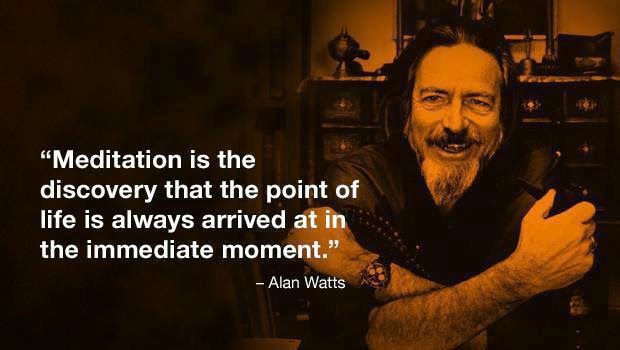I played Crysis 2 about a year ago, but now realize that I never wrote a game review for it. Having finished Crysis 3 recently, I feel that this review can apply to either game.
Crysis is a first-person shooter (FPS), in which you are in control of a piece of wearable futuristic technology called a
nanosuit.
The nanosuit enables the player to have innate abilites, such as heads-up display, super strength & greater jumping ability. The suit also has two enhanced functions that you can activate at any time - 'Cloak'& 'Armor'. You can either turn invisible for stealth tactics using Cloak, or fortify your nanosuit in the heat of battle with Armor. These are powerful features that seem vital once you get used to using them throughout the game. Unfortunately, my biggest pet peeve with the Crysis games is the synthetic voice that says
"Cloak Engaged!" or
"Maximum Armor!" every damn time you activate these functions. I don't know why it annoys me so bad, but it does, and actually took away from my enjoyment of the game.
Anyway, the game, overall, is fun to play. It takes place in a ruined New York City, after an alien invasion by a species called
the Ceph. These creatures operate using a hive mind connection. They are controlled through a main intelligence, called the
Alpha Ceph. They have millions of years of communal
intelligence among them & have developed technologies that humans cannot even comprehend. It turns out that the Ceph invasion from Crysis 2 was just an advance force for an incursion from a much larger alien army. The massive Ceph swarm is preparing to come from the other side of the galaxy through an Einstein-Rosen bridge- a dimensional portal allowing instantaneous interstellar travel.
NYC is the epicenter of this larger invasion, but has already been destroyed from the events of the previous game. The city's ruins have become partially wilderness, covered in trees, plants, & water, which makes for an interesting setting. There are some stages that take place inside buildings or underground as you seek out the Alpha Ceph, but I felt that the literal urban jungle environments were the most fun to play through.
The controls & game mechanics are pretty straightforward for an FPS. There are a decent variety of guns & weapons, but I found myself mostly sticking to the same ones. The nanosuit powers, such as cloaking & armor, still make the combat more interesting, but I don't feel like Crysis 3 offered any substantial improvement from the second game. There wasn't too much in this one that really "WOW!-ed" me from a gameplay standpoint. Even the final battle against the Alpha Ceph felt like a fairly standard boss battle, even though it was an intense encounter.
The story is a good one, with the dual themes of man merging with technology & the possible consequences of encountering a hostile alien race. These two themes are integrated when it's discovered that alien technology used to make the nanosuit is allowing your character, Prophet, to become directly connected to the Ceph.
Despite the strong story elements, I never really felt immersed within the game, like I have with titles such as the
Assassin's Creed series. I'm playing AC: Black Flag now & it's much more engaging on all levels than the Crysis games. For some reason, I find myself liking 3rd-person games, where you can see the character. Even Far Cry 3, though, (another FPS game) was much more immersive than Crysis. Maybe it'll be more fun if ever I go back and play some levels on a harder difficulty, but it's rare for me to go back & play games I've finished. My gaming time is limited, so I feel like I usually want to get right to the next title in the lineup.
All-in-all, Crysis 3 is not a bad game. I just don't think it was as engaging as it could have been. I can't pinpoint exactly why I felt a disconnect with the gameplay, but it definitely did not feel like it lived up to its potential. I'd recommend it if you like FPS-style games, just don't expect to be blown away by the experience.
• Official Monkey Buddha Rating: 7.5

































